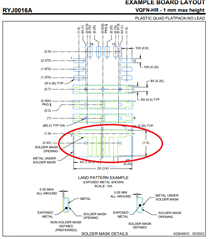Hello Team,
we have encountered some problems when debugging the chip TI-DRV8244HQRYJRQ1.
1. DRV8244HQRYJRQ1 is HW variant, we adopt PH/EN mode, and the chip settings are as follows,
Hardware: (1)connecting pin14(SR) and PIN16(MODE) to GND, disconnecting PIN15(ITRIP) and PIN13(DIAG);
(2)Vbat is 12V;
Software: PIN12 (PH/IN1), pin 11 (EN/IN1), PIN3 (nSLEEP) input high level, PIN10 (DRVOFF) input low level;
2. Output pin OUT1/OUT2 of the chip does not output, and the voltage of PIN1 (NFAULT) pin measured with multimeter is 0V.
Please help us to see if there are any problems with the schematic diagram and software settings. And tell us how to change it.
Thanks.






